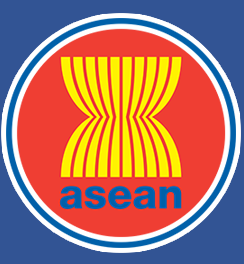ASEAN Journal on Science and Technology for Development
Abstract
The objectives of this study were to determine the effect of boron concentration on total dose rate for lung cancer treatment, and to determine the effect of boron concentration on the length of irradiation time for lung cancer treatment. This study was computer simulation-based using the Particle and Heavy Ion Transport code System (PHITS) by defining the geometry and components of lung cancer and the surrounding organism as the object being studied and the source of radiation used. The type of phantom used was the ORNL of an adult Asian male. The neutron source used was Kartini Reactor. The independent variable was the boron concentration of 30, 40, 50, 60, and 70 ?g/g cancer tissue and the dependent variables were the dose rate and the irradiation time. The results of this study indicated that the larger the amount of boron concentration that was injected, the higher the rate of total dose the organ received, where the total dose rate for each variation of boron concentration were 1.34 × 10-3 Gy/s, 1.71 × 10-3 Gy/s, 2.07 × 10-3 Gy/s, 2.42 × 10-3 Gy/s, and 2.78 × 10-3 Gy/s, and the larger the amount of boron concentration that was injected, the faster the irradiation time for the treatment of lung cancer was, where the irradiation time required for each variation of boron concentration was 37294 s, 29240 s, 24180 s, 20633 s, and 17996 s.
Publication Date
7-17-2020
Recommended Citation
Faisal, Harish Ahmad; Warsono; and Yohannes, Sardjono
(2020)
"Dose Analysis of Boron Neutron Capture Therapy (BNCT) Treatment for Lung Cancer Based on Particle and Heavy Ion Transport Code System (PHITS),"
ASEAN Journal on Science and Technology for Development: Vol. 35:
No.
3, Article 3.
DOI: https://doi.org/10.29037/ajstd.545
Available at:
https://ajstd.ubd.edu.bn/journal/vol35/iss3/3

